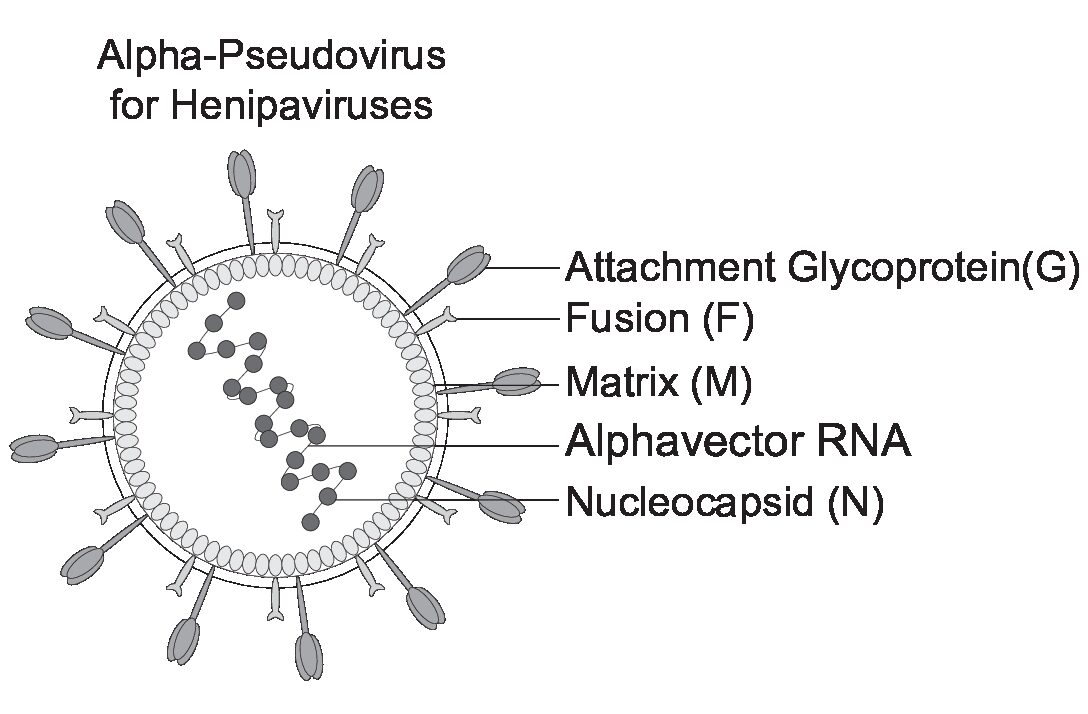Product Description
Product Description
Human Papillomaviridae Pseudoviruses
Built-to-order pseudovirus for HPV with the L1 and L2 proteins.
Applications
- HPV pseudovirus transduction of target cells for viral entry and functional studies
- Rapid Anti-HPV drug screening
- Rapid Anti-HPV neutralizing antibody screening
A novel rapid pseudovirus for Human Papillomavirus and other Papillomaviridae viruses is now available at Virongy. These particles are pseudoviruses assembled from the structural proteins of the Human Papillomavirus: L1 and L2 proteins. These particles encapsulate a proprietary DNA viral vector for reporter gene expression. The pseudoviruses are single-cycle with a DNA genome for robust reporter gene generation to quantify neutralizing antibodies and entry-inhibiting drugs. These pseudoviruses are BSL-2 safe and ready to use for studying viral entry. Furthermore, we assist our customers in constructing HPV pseudoviruses with custom capsids at any scale.
For inquiries, please reach out to us via email: info@virongy.com
Background:
Human Papillomavirus (HPV) is a small, double-stranded DNA virus belonging to the Papillomaviridae family. It primarily infects epithelial cells in the skin and mucous membranes. HPV is highly diverse, with over 200 identified genotypes. The virus’s life cycle is intimately linked with the differentiation of infected epithelial cells. Upon infection, the viral DNA is delivered to the nucleus of the host cell. The virus then utilizes the cellular machinery to replicate its DNA and generate new viral particles.
Certain high-risk HPV types, notably HPV-16 and HPV-18, are associated with the development of cancers, particularly cervical cancer. These types encode oncoproteins (E6 and E7) that interfere with the host cell cycle, potentially leading to uncontrolled cell growth and malignancy. HPV is primarily transmitted through direct skin-to-skin contact, with sexual activity being the most common mode of transmission. It can also be transmitted from mother to child during childbirth. HPV alpha-pseudovirus HPV alpha-pseudovirus
Specifications
Specifications
| Pseudovirus | |
|---|---|
| Titer | >1500 TU/mL |
| Storage Conditions | -80C |


 Human Papilloma Pseudovirus – MSDS
Human Papilloma Pseudovirus – MSDS






